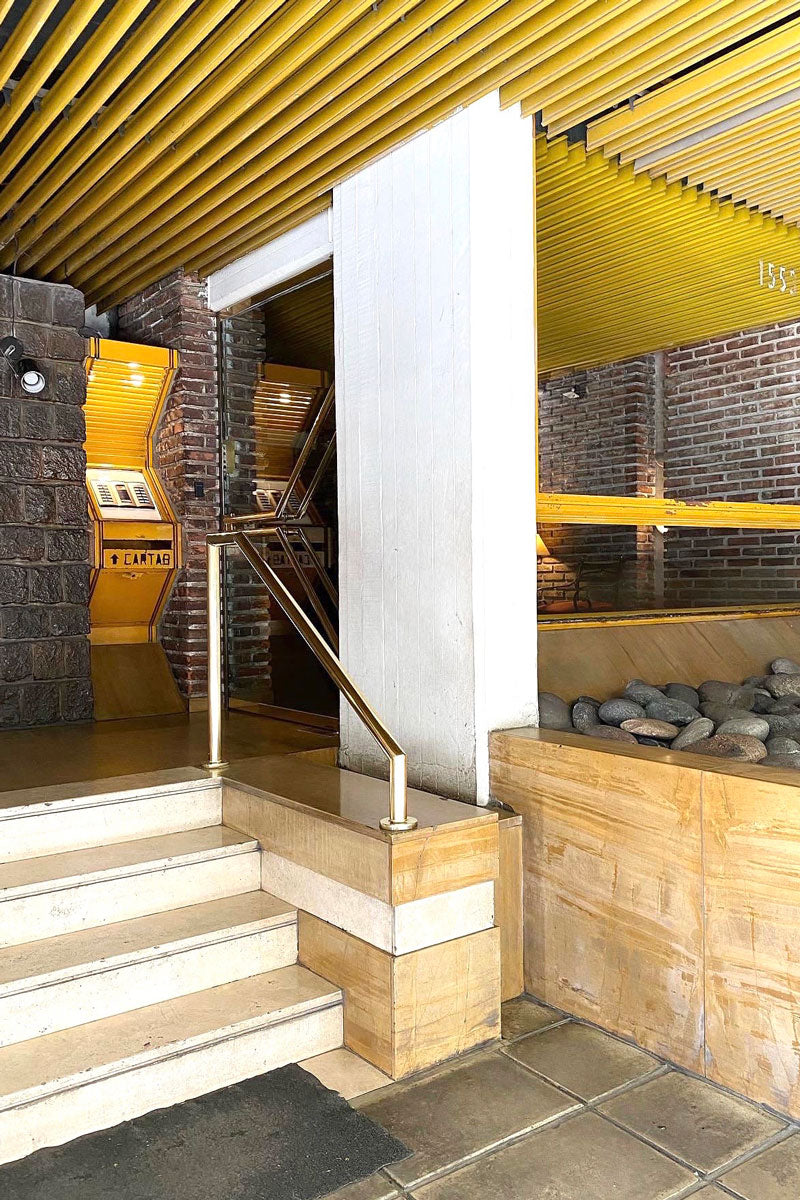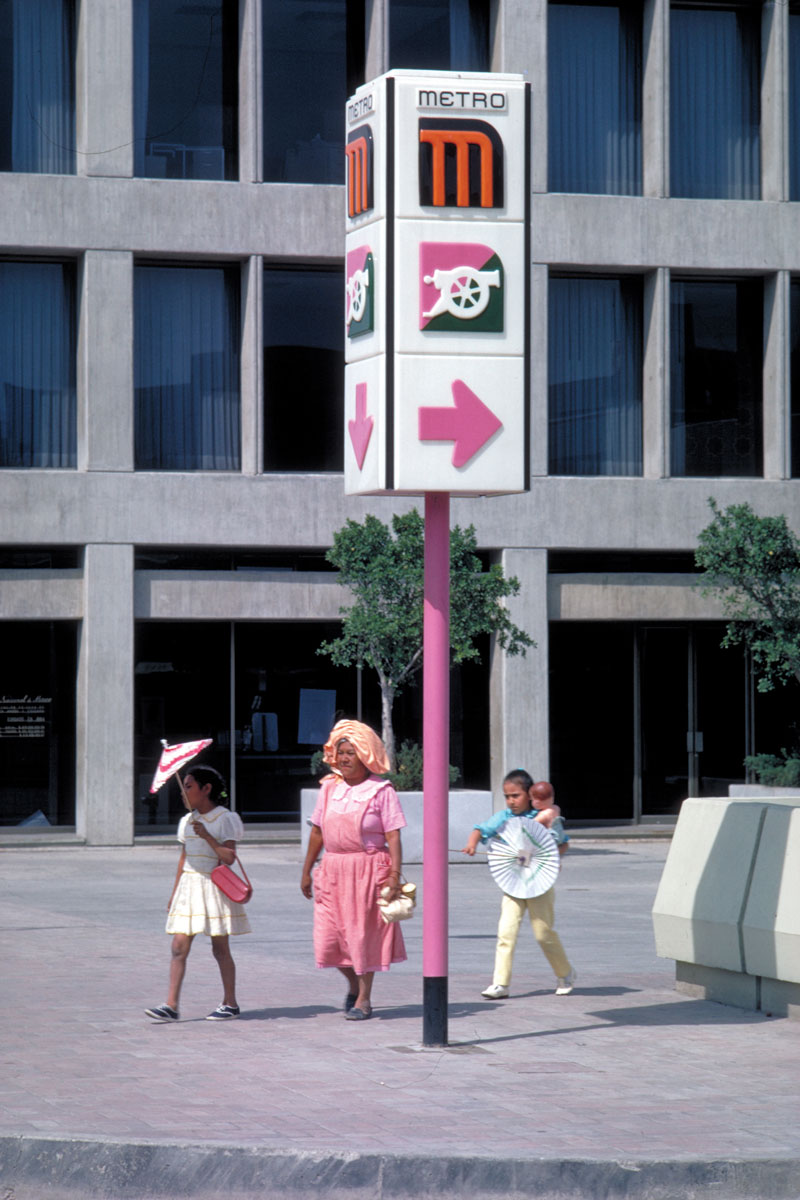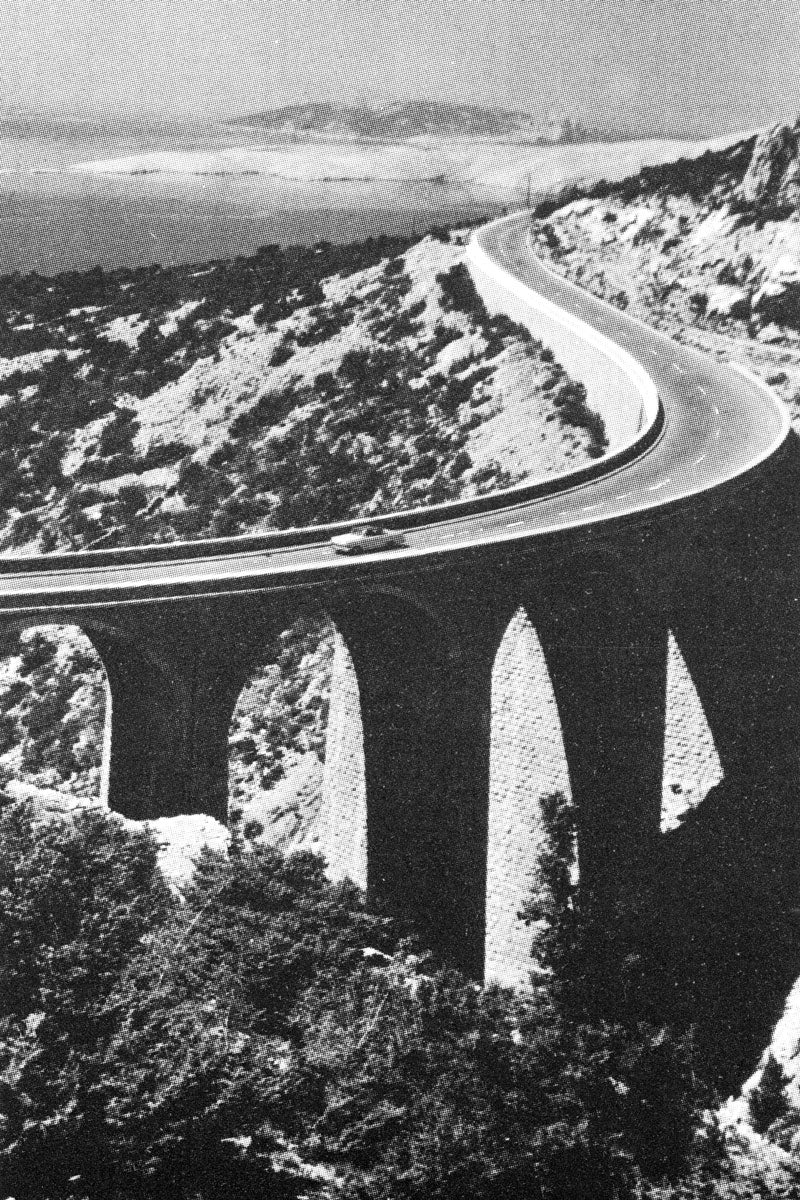Buenos Aires by Crème de la Crème

I really don’t know where to start. You are into all these diverse things, from modern lobbies and postmodern buildings, to vernacular typography and faded lifestyles. How come you got into all these explorations?
I sometimes wonder how things join together. I think the sensibility I have to my surroundings and to urban typography and cityscapes has a lot to do with the fact that I lived in many different places from a young age. I lived in Paris to the age of five, we then moved to the rural countryside in England, and throughout my childhood and my teenage years I was traveling on holiday to Buenos Aires and Argentina – a long long plane ride away to the exotic. Having this counterposition of a very different landscape and a very different climate to what I was used to, made me feel like I kind of always was a tourist in some way or a sensitive observer to my surroundings.
Tell me more about Buenos Aires.
My mother brought me there for the first time when I was one year old and, obviously, I don’t remember that trip. The first trip I remember was when I was six. We came again after a couple of years, in ’88, and several more times in those first ten years of my life. As I grew older, I wanted to find more about Argentina and Buenos Aires. Back in the golden 20s and 30s, it was considered the Paris of South America. But I was mostly curious about investigating the era that I was coming from, the 80s, and my mother’s teenage years of the 60s and 70s. There is actually very little documentation and appreciation of the architecture from that era, mid-century modern onwards.
I see that you are always looking to somehow fill in this gap of collective memory by going after long forgotten photographs. Where do you find them?
Argentina lived through a dark military dictatorship from 1976 to 83, and that wasn’t the first one. I feel that documentation of this recent history can be found in books that you find in second-hand stores, maybe out-of-print, or in magazines of the time, mainly architecture or even interior design. What I do it’s like an investigative Sherlock Holmes kind of thing. I’m scanning those pictures or I’m just being really clever doing weird Google searches and finding on the fifth result page an old blog by someone who traveled and uploaded their pictures from the 90s. I noticed a contrast between the perception of what a tourist sees when they come in and what locals chose to capture. Even someone who visits for two days will observe different things. So in my feed I like to counterbalance photos taken by Argentinians with those by people visiting in the 60s, 70s and 80s.
I can totally relate. Locals in Athens will always share stories from the 30s to the 90s, and there’s no documentation to be easily found. I have to observe the city’s structure, the traces of the shop signs, or maybe find old guidebooks. It’s like you said, an investigation. Once I find the image of what I’m looking for, then the story gets somehow validated. Do you dive further, for example, to find the photographer, or maybe the photographed people, and to get more stories out of that?
I’m a storyteller or perhaps a writer, but my focus is of course the image. I consider myself a photographer sort of, and because I’ve wanted to show and illustrate certain things with less frivolity, social media became the right fit for such city life images. What’s wonderful is that this has attracted people from the fields that I am interested in, or historians, or people who have lots of interesting anecdotes, like what you just said. So I’m able sometimes to put together the pieces through just a post, by finding out who lives in a house now, who the architect was, and so on. This digital world is opening a wonderful box of oral histories which I never thought I would have access to.
This can create another kind of access too, for example into buildings, right? Is this how the tours came up?
I actually started doing shopping tours in 2012. I was showcasing the underground fashion scene. I still do that in my high season, although now it is diversified. But architecture is something that I couldn’t let unnoticed, in these walks I was doing every weekend. I think I’ve been walking in the city deliberately in this methodical way. As I started writing and working more in the arts, my interest, understanding and knowledge of architecture and urban planning deepened. My eye was evermore attuned and I could appreciate more what I was seeing. And then I thought that I could share with visitors this “curation” of the city, and that would allow people to access off-the-beaten-track places that I never had access to. For example, to go inside a fourth generation shoe shop or the hall of a private building – because maybe not even a local wouldn't have had the sensibility to show that to them in that way.
In our conversations you’ve also mentioned that you felt a bit awkward running these tours in the beginning, because you are not actually from Buenos Aires, you are half-Argentinian, half-English. How have you dealt with that?
I think that the way I am has, sort of, given me a validation. One of the reasons why people give me credit for what I do is because I’m an outsider looking in, but I’m also considered an insider looking out; I’ve got this duality of being a somewhat permanent tourist and always having a different perception of the city. On the first tour I dared to do for locals, I gained access to two private buildings that most of the people that came on the tour didn’t even know they existed. Quite soon I realized that when you show locals new things not just from their city but from their very own neighborhood, where they’ve been living for thirty years or so, you actually do a cultural job, you change the way someone inhabits the city, it’s crazy!
On your feed I see a fascinating Buenos Aires, full of uncommon postmodern buildings, attention to detail, juxtapositions... but tell me, how does the city look to first-time visitors? Will they have to seek for these places in order to see them?
My walks around the city reveal a very different Buenos Aires to the guide books. Even in areas in the center of Buenos Aires, let alone the suburbs. Neighborhoods that maybe an Argentinian tour guide would think “Why would someone travel thousands of miles to see this? This is not what I’m not proud of in my city.” But, as you know, interior designers, designers, architects, curious people, want to see something that is intriguing, sometimes, even ugly. This idea of urban decay, the juxtaposition of different elements, that’s very interesting and makes the city unique. Buenos Aires is huge! There are neighborhoods that you need to travel to by car if you want to reach them, but it is only through such car rides that one can get a real sense of how the city is actually connected.
Visitors don’t know that something is available until you offer it to them. I think it’s because someone doesn’t realize that they could see eccentric art in lobbies in buildings from the 1950s, simply because they don't know that such spots exist. So how would they know that they want to see that? Unless you tell them.
Tell me something about the lobbies then. I love all these geometric shapes and distinct materials, this obsession to detail. Are they all made from artists or do you also have vernacular examples?
There are some examples of artists who were commissioned and worked on these buildings. For example, there is one artist, Rodolfo Bardi, who worked on maybe 500 different murals. I really want to see if I can produce a book on him, so I’ve been in touch with his daughter to learn more about his life. She told me that he was part of a disruptive and progressive art collective in the late 50s and early 60s. He did a solo show in an illustrious gallery here that was influential. But once he had a family, he realized that he had to make a living, and he couldn’t just live from art. So a friend of his, who is an architect, invited him to do a commission in a lobby of one of these buildings that he was working on, and then that became his full-time job. He would work with found materials, left over materials, plaster, tiling, glazed tiles, glazed pottery, left over sometimes copper wires imprints, and he would make these fantastic murals of different styles from the mid to late 60s to the early 80s.
Would you say that Buenos Aires is evolving quickly? Do you find yourself in the position of preserving fragments of the city through your documentation?
I was thinking about that the other day and I wanted to post photos of places that no longer exist. I am suddenly feeling like a historian, although I haven’t been doing this for very long, and that’s scary. It’s like sand running through your fingers. And I’m feeling that more and more. It’s a danger zone, from the 50s–60s to now, where there isn’t really any legislation regarding the preservation status of buildings. So if we won’t preserve them now, we’ll lose whole eras. And the same goes for bars from the 70s and the 80s – those generations are just as important.
Yes, now it is the time that this cycle is ending so we have to act soon. And now that you say that, your Ariston project is a nice example of that.
I think the problem is that the Ariston was built on the outskirts of Marve Plata. Had the Ariston been built in central Buenos Aires, it would now be a museum and it would have been in perfect condition. The problem is it was built as a beach house, with a little bistro bar for an elite who really weren’t enough to sustain it. So already from the beginning it was built as something rather extravagant for the location.
Is there another extravagant building you would like to share as a closure?
Yes, there was an art nouveau minaret building, known as Mirador Massue, that was going to be demolished and replaced by a new postmodern plaza in the late 90s. The local community was upset about it, and they got a petition going which received a lot of press coverage. At the end, the architectural studio that undertook this project was forced to incorporate the minaret to their postmodern proposal. What’s fantastic is that the end result turned out to be a unique hybrid, a patchwork of styles: A plaza with this beautiful art nouveau minaret gracefully integrated and reflected οn the glass façade of the newly-constructed postmodern building. I chose to include that in the tours. The purists find it ugly, but most people think it’s incredible. For me the seal of approval was given by a well-known, half-Argentinian architect and postmodernism advocate, Anton Nathaniel Furman: “Vanessa, I’ve never seen anything like this in the whole world. Such a strange mix!”
Funny to hear this story. On my tour we pass by a sort of a hybrid building, neoclassical with a brutalistic add-on on top. One day a visitor from Turkey noticed it and she said that they have a very similar case in Istanbul. I wouldn’t believe that there will be a “copy” of such a weird mix in another city, until she shared a photo.
What I enjoy about my tours is that it might resemble Madrid on one street, it might resemble Athens or Paris. It’s unique, it’s completely crazy sometimes. You’re round the corner and the city changes completely. They demolish a building and you see the wallpaper that was in the kitchen, the fixtures, their whole life there. It’s not boarded up like London, you see the process. I think that’s wonderful.
–––
Vanessa Bell runs a campaign to save the Parador Ariston at Mar del Plata by Marcel Breuer, one of the architects behind the Bauhaus school. She documents the effort on the Instagram account @savetheariston_arg.


